These days, with the super stylish wave hovering around, hats has not been left out of it for the gents. You could see them rocking it on native attires, suits, casuals and so on. Now here is a guide and pictures to help you make better choices with what you are wearing.
Fedora Power
This is what most people think about when they think of classic men’s hats. It’s such an iconic style that low-grade manufacturers will call just about anything with a brim and a fixed crown a “fedora,” regardless of accuracy.
For the purist, though, a fedora is a felt hat with pinched sides and a lengthwise crease down the crown. That gives the front a roughly wedge-like shape, though it can be molded to the wearer’s taste.
One of the big advantages of a fedora — and one of the reasons for the style’s widespread popularity — is the wide, flexible brim. Fedora brims are flat, with no constructed edge or curl, and can be bent up or down as the wearer pleases.
The flexible brim gives the fedora a little more versatility than a stiffer style. It can be tilted down over the eyes for a hidden, mysterious look, or angled slightly upward for a more open profile.
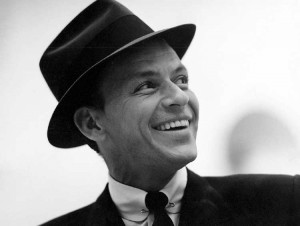
Hold out your Homburg
The fedora’s dressier cousin, the homburg is your best bet for a formal business look. It has the same creased crown, but without the pinches at the sides, and the brim is stiffer and has a slightly upturned lip all the way around.
This is still the go-to dress hat of businessmen, politicians, and other well-to-do gentlemen in the western world.
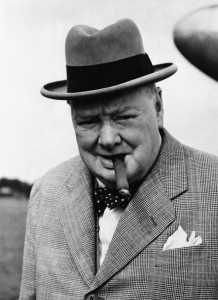


Don’t eat the Porkpie
A shorter style (and therefore a good pick for men who are already tall), a porkpie has a flattened top without a crease down the center.
It is pinched at the sides like a fedora, creating a slightly triangular or wedge-shaped front. The brim is usually small, and turned up around the edge.
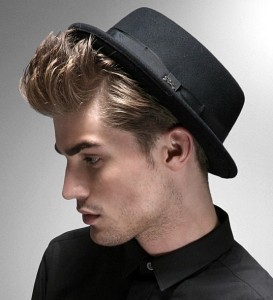


Trilby for days
A trilby is little more than a shortened, angular fedora (and is sometimes called a “crumpled fedora,” although the term is old-fashioned these days).
It has the same crown shape as a fedora, but the back is shorter than the front, creating an angle.
Trilbys are typically worn with the brim snapped downward in front and upward in back, adding to the impression of a narrowing angle at the back of the hat. The brim is smaller than on a fedora, usually only an inch or so wide.
The style dates back to the turn of the 20th century, but in the 21st century it saw a revival as a youth style, particularly in music culture.
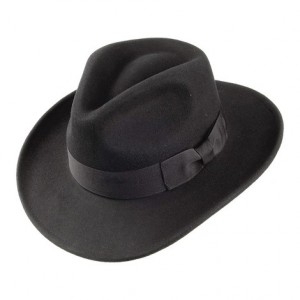


The Bowler or the Derby
The two names mean the same thing: a stiff, rounded dome of a crown with no creasing or pinching, and a short brim curled up at the sides.
Pop culture has made the bowler hat into a stuffy British icon, but its origins are working-class, and it is considered less formal than styles like the homburg and the fedora.
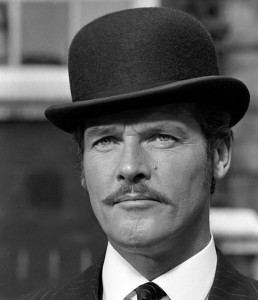


The top hat
The only modern use for a top hat (outside of costuming) is as the accompaniment to morning dress or white tie. Morning dress, the daytime formal standard, calls for a light-colored hat (usually dove gray), while white tie, worn at night, calls for a black hat.
Unless you happen to attend a lot of formal events, or you need a top hat professionally (as with some coach drivers), it’s probably not worth investing in one.
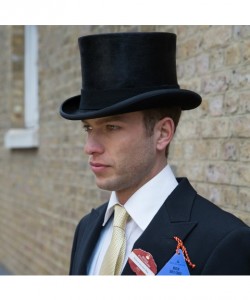


Boater away
Flat-topped straw hats with a wide brim, boaters are mostly novelty items these days, but are still considered appropriate (and desirable) attire for rowing and regatta events. Many barbershop quartets wear them, as well.
While you won’t usually see them outside those settings, they are technically still a perfectly acceptable summer alternative to a fedora or a homburg. If you want to wear one with a summer suit, more power to you.



What about the Panama hat?
Confusingly, Panama hats come from Ecuador (they were shipped to Panama to be sold to sailors and workers on the Panama Canal in the early 20th century, and the name stuck). The weaving is an art form, and true Panama hats cost hundreds or even thousands of dollars — and they’re well worth the price for men in hot, humid climates.
Most Panama hats are shaped like fedoras or triblys, but they are made from woven palm leaves or straw instead of felt. The flexible weave can be crumpled or rolled up and still retain its shape, and unlike most straw hats it can endure many soakings and dryings without distorting in shape.
Panama hats are slightly more relaxed than their felt counterparts, but that makes them ideally suited to the lightweight styles and loosened formality of tropical climates.



The Western hats
Broadly speaking, Western hats are high-crowned, wide-brimmed hats. The most common style have a “double crown,” where the felt is stiffened with a crease down the center and a dimple on either side of the crown, but other shapes are possible as well.
The origins of the style are practical, but these days fine felt cowboy hats (with the Stetson brand leading the way) are just as much a fashion piece as anything else. They are somewhat more “macho” and less formal than other styles.
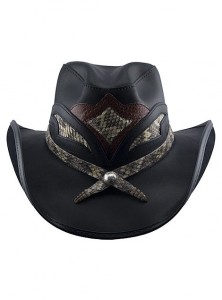





Leave a Reply